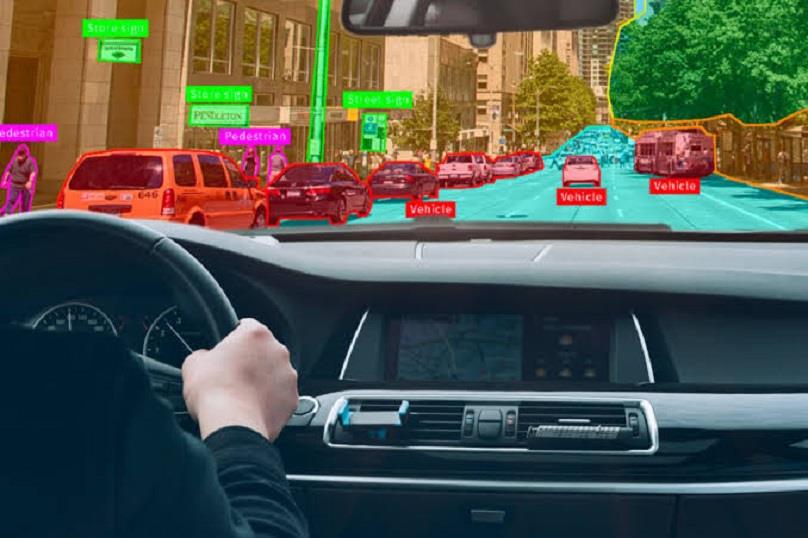( MENAFN - Kashmir Observer) Representational Photo By Khalid Mustafa The 1970s saw the beginning of the development of automobile software. During thisperiod, cars began to use computers with sophisticated Electronics and software-controlled basic engine operations entering the automotive sector. Software started to regulate entertainment, climate control, safety, and driving assistance in the 1990s and early 2000s.
The emergence of cloud computing and digital transformation have put the automotive sector on the verge of a technological revolution. The need for intelligent, sustainable and efficient transportation solutions is growing as the world gets more interconnected. Along with the growing trend of AI use in the automobile sector, the idea of a digital twin is also gaining popularity.
By 2027, 30% of software-defined vehicles will have a Digital Twin 2.0 of at least one vehicle system, compared to less than 1% today. By 2030, the average automaker will use AI in 80% of its high-value processes, up from 20% today.
Solutions are growing as the world gets more interconnected. Autonomous driving, connectivity, electrification, and shared mobility are four well-known technological trends that have become important forces behind innovation in the automotive sector. Tech giants and startups are fiercely competing with traditional automakers, upending the market with their creative business strategies and state-of-the-art technologies.
Furthermore, cars' unquenchable desire fo.



















